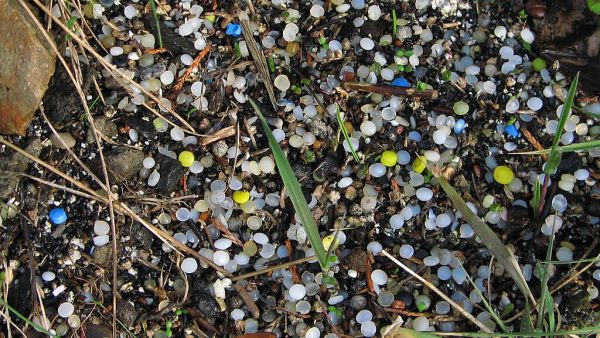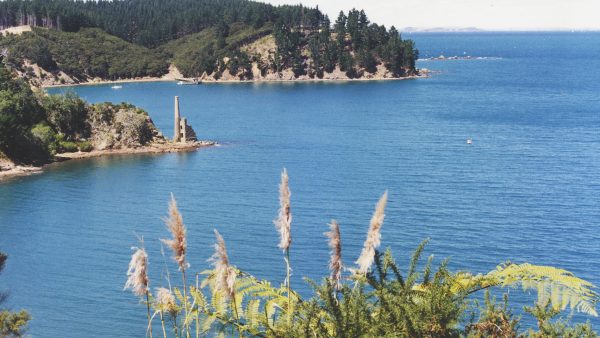It’s no secret to residents of Aotea, Great Barrier Island, that our weather can be a bit… dramatic. From torrential downpours to scorching sunshine, the island seems to experience a whole spectrum of conditions. But now, thanks to data from NIWA (National Institute of Water and Atmospheric Research), we have the stats to back up our anecdotal observations.
West is Wet, But Wonderful
While most Aucklanders are familiar with the occasional MetService weather warning, Great Barrier Island, particularly the western coast, seems to be in a league of its own. The frequency of these warnings, especially for heavy rain, is significantly higher than on the mainland. This isn’t just a case of a few extra showers – the island’s western coast (Port Fitzroy) averages a whopping 1740 mm of rain annually, more than 150% of what Auckland Airport receives, NIWA says.
This deluge, caused by the island’s position and topography, is a blessing in disguise. “Great Barrier is notably wetter than the mainland, owing to its exposure to weather systems, particularly those that come from the west,” explains NIWA. The elevated terrain of the island acts like a giant rain catcher, intercepting moisture-laden winds and transforming them into drenching downpours. This abundance of rainfall not only fills our water tanks and provides ample irrigation for gardens, but is also a crucial lifeline during drought seasons.
The western coast’s frequent rain also makes for lush, rainforest-like ecosystems that thrive in wetter climates, supporting incredible biodiversity and providing a haven for unique flora and fauna. Furthermore, the west coast’s cooler temperatures offer a welcome respite from the sweltering summer heat, a benefit that should become increasingly valuable if climate change projections are realised. And while the east coast has faced devastating forest fires in recent years, the wetter west coast has been spared.
A Tropical Twist in the East
While the western side of the island can be drenched, the eastern side is often basking in sweltering sunshine. Thanks to the ‘rain shadow’ effect, this part of Aotea experiences significantly less rainfall and enjoys some of the highest sunshine hours in the Auckland region. This creates a microclimate that, at times, feels more like a tropical Pacific island than a spot in the Hauraki Gulf.
“The eastern side of Great Barrier Island is one of the sunniest parts of Auckland, with the prevailing westerly wind across the island become warmer and drier as it descends the island’s elevated terrain,” states NIWA. The contrast in conditions creates a unique blend of ecosystems, from lush rainforests in the west to sun-drenched beaches and coastal scrub in the east.
A Weather Wonderland for All
So, while the frequent weather warnings might seem like a nuisance, they’re also a testament to the island’s dynamic and diverse climate. Great Barrier Island is a microcosm of weather extremes, a place where both the wet and dry extremes shape and reshape the landscape. The unique environment is not only a challenge to live in but also a source of wonder, fascination, and resilience. Whether you reside on the verdant western slopes or the sun-drenched eastern shores, we are all part of this extraordinary weather wonderland, NIWA says.







